Will skiers in the Alps start bartering soon? pichets for pitchers, or flipping burgers on the 4th of July, instead of sipping onion soup on the 14th? The recent announcement that US conglomerate Vail Resorts had purchased the resort of Crans-Montana in Switzerland - its second European acquisition in just two years - certainly signaled, some say, an impending Americanization of the Alps.
On the popular forum SnowHeads, ski enthusiasts reacted to the news by sharing their fears about everything from a doubling of lift pass prices and ski schools being forced into resort ownership, to the whole culture of Alpine holidays getting a California-style facelift underwent.
Vail Resorts now owns more than 40 ski areas around the world and offers access to more than 40 others through the Epic Pass. Along with the Ikon Pass, owned by Vail's rival, the Alterra Mountain Company, these one-stop-shop season passes are blamed for creating an increasingly homogenous and soulless ski experience. Critics also argue that the passes prioritize the needs of jet-setting city dwellers over locals, leading to price increases for day tickets, parking and accommodation.
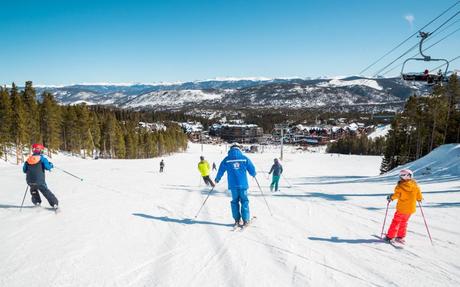
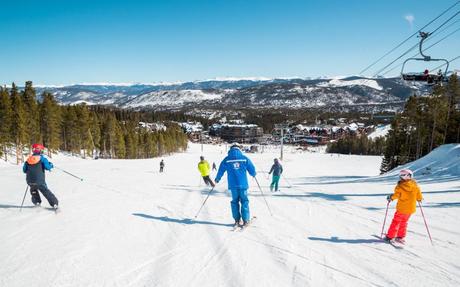
According to director of corporate communications Jamie Alvarez, more than two million Epic Passes have been sold this winter and although Alterra does not publish the sales figures for the Ikon Pass, this duopoly - the winter sports equivalent of Coca-Cola and Pepsi, according to some - now completely dominates. the American ski market. As Vail and Alterra expand into Europe, there are fears that the rivalry between the two companies - valued at $8 billion and an estimated $4 billion respectively - will spread across the Atlantic.
As of 2016, Epic has added several major European resorts to its list of destinations, including British favorites such as France's Trois Vallées and Verbier in Switzerland. Ikon followed suit in 2019 and now counts Zermatt, Kitzbühel and Chamonix on its list of resorts. While neither company releases data on how many of their U.S.-based customers are taking advantage of their European offerings, anecdotal evidence suggests that the number of U.S. skiers traveling to Europe has increased in recent years. In April, Forbes published the "Five best reasons to ski in Europe next season". The American Skier's Bible was published that same month Powder magazine, asked: "Why are Americans flocking to Europe for ski trips instead of the West?"
The story continues
According to experts, however, the fear that this influx will change everything is exaggerated. Currently, only about 2 percent of Crans-Montana's clientele is from the U.S., said Bruno Huggler, director of the local tourism board. "We have a thousand, or a few thousand a year," he says. While he expects this figure to increase following the acquisition and the addition of the resort to the Epic Pass next season, "even if there is a significant increase, we will still focus on our core market. A large majority, around 80 percent, of our customers are Swiss."
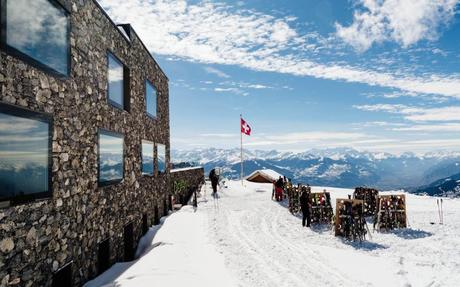
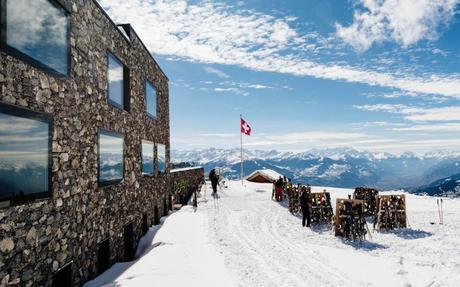
Price increases are also very unlikely, explains his colleague Pierre-Henri Mainetti, because competition in Switzerland, unlike in the US, is usually flat on the road. When it comes to culture, Huggler says the resort, which grew out of an 1893 hotel, "has a 130-year history, so it won't change." In fact, he says American visitors wouldn't want that. "They don't come to Europe to live like in America, just like I don't go to the United States expecting to discover Europe there. They come to Europe because they want a different experience."
Fears that European ski resorts would try to emulate the North American business model, which often sees everything from accommodation to après bars and ski rental shops owned by one company, also appear misplaced. At Alpe di Cimbra, a small resort in Italy's Trentino region, American visitors appreciate the family-run restaurants, said Daniela Vecchiato, head of the local tourism bureau. The resort, which is included in the Epic Pass as part of the Skirama region, doesn't attract many vacationers from the United States, but it serves as the European training base for the U.S. men's ski team for the fifth straight season.
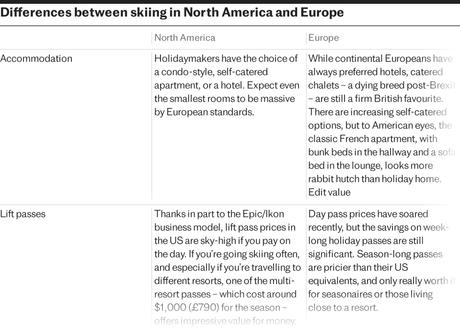
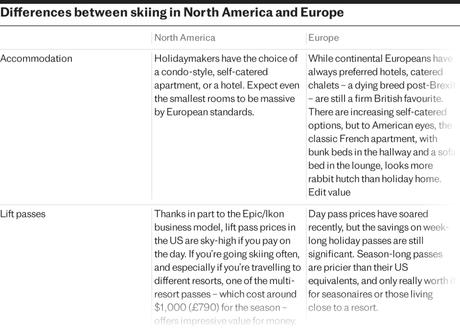
Including athletes, coaches and staff, there are often hundreds of Americans at the resort, and locals regularly see famous faces from squads carving their slopes. "We had a visit from Mikaela Shiffrin and Lindsey Vonn," she says. What the team appreciates is that "unlike the places I've been in Canada or America, where there are a lot of people, here you can get to know the person behind the bar," Vecchiato adds.
The European seaside resort where the American influence is perhaps most evident is Laax in Switzerland. The world-class freestyle facilities, originally inspired by those in Mammoth, California, include multiple snowboard parks, an indoor foam pit and two halfpipes. In addition, Café No Name, modeled after a Californian surf shack, serves oat milk lattés and vegan food, as opposed to cheese fondue.

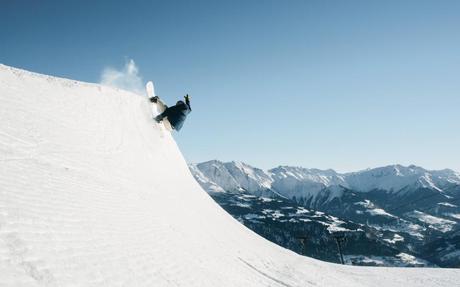
Down at the base station, Rocks Resort offers condo-style accommodation, and it, along with the neighboring Riders and Signina Hotels, plus most of the bars and restaurants, are all owned by Laax's Weisse Arena Gruppe (WAG) - making it perhaps the most vertically integrated resort outside North America.
Any similarity is entirely intentional, explains Reto Poltera, who was instrumental in turning Laax into a freestyle powerhouse. The inspiration originally came from "Reto Gurtner, the owner of Laax, who studied in San Francisco in the 1970s," he explains. When snowboarding crossed the pond from California in the 1970s, Laax made a big effort to distinguish itself from the competition. In 1992, he hired Poltera to build the first park and invested ₣10 million (£9 million) when it moved to its current location. .
Ironically, given all the American influence, Laax is independent and not included in the Epic or the Ikon passes. Despite the large sums it spends on the snow parks (it costs ₣2m (£1.9m) to prepare them each season) Laax still "struggles with prices on every ski resort". Proof that even at this most American of Alpine ski resorts, costs are unlikely to rise any time soon.
